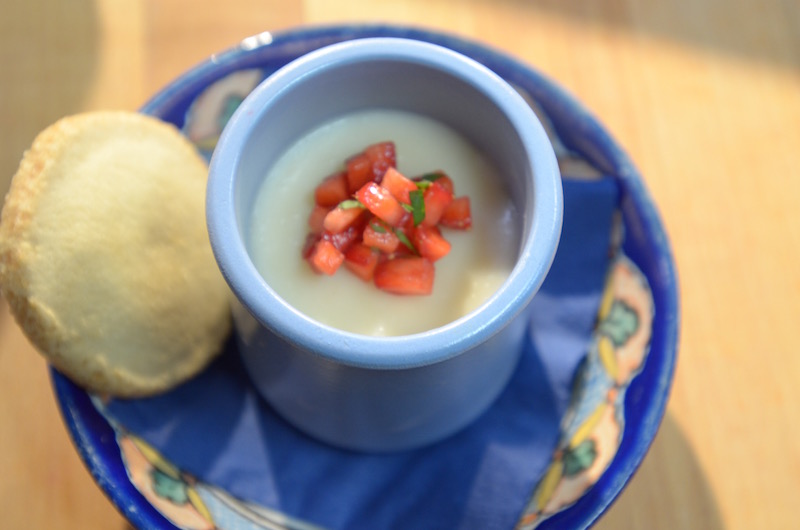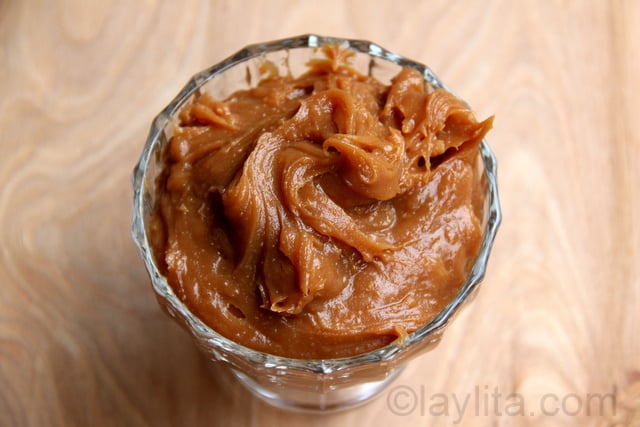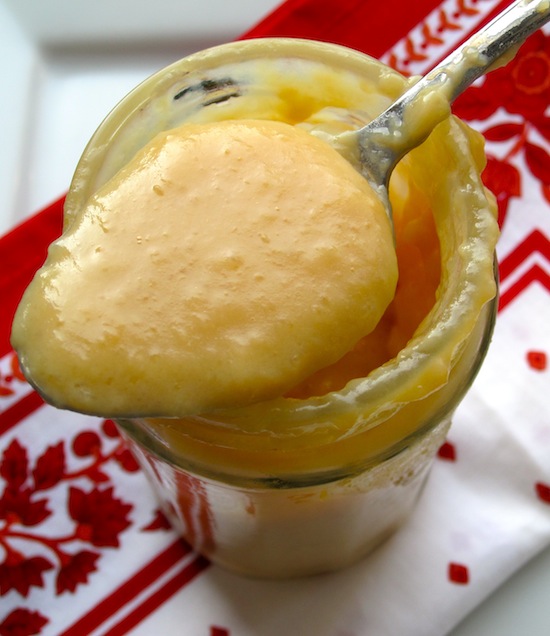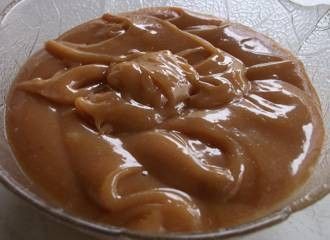Manjar blanco
blancmange, manjar de leche, blancmange
The manjar blanco , known in Catalan as menjar blanc or menjablanc, is a term used in Spanish- and Catalan- speaking areas of the world in reference to a variety of milk-based delicacies. It refers to variations of blancmange, a European delicacy found in various parts of the continent as well as the United Kingdom. In the Americas (South America primarily) it refers to a sweet, white spread or pastry filling made with milk. This term is sometimes used interchangeably with dulce de leche or cajeta in Latin America but these terms generally refer to delicacies prepared differently from those just described. Related dishes exist by other names in other regions, such as tembleque in Puerto Rico. In Portuguese-speaking countries, the dish is slightly different and known as manjar branco. Manjar blanco in Spain and in other parts of Europe refers to a dessert (blancmange in English), traditionally light brown in color (although often colored by added ingredients), made with a mould with a consistency like gelatin (in fact modern varieties are often made with gelatin). In the Middle Ages, the dish was prepared with chicken or fish, rice, sugar, and almond milk or milk and other ingredients (the dish was probably influenced by the Arab cuisine of Muslim Spain). Today the primary ingredients in Spain tend to be milk, almonds, corn starch or gelatin, and sugar.
Source: Wikipedia






